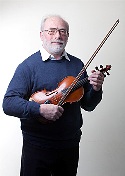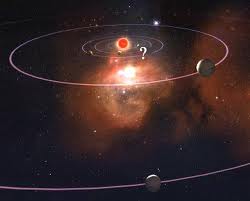Wednesday, 7th October 2015 – Space Weather and the Earth’s Magnetic Shield – Prof. John Shaw
The Earth’s magnetic field shields the Earth from the solar wind and high energy particles that are released from the sun during solar storms. ![2000px-Structure_of_the_magnetosphere-en.svg[1]](https://aou3ascience.wordpress.com/wp-content/uploads/2015/09/2000px-structure_of_the_magnetosphere-en-svg1.png?w=584&h=449) Is the magnetic shield constant or does it change, can it collapse completely? What do we know about the behaviour of the magnetic field in the past? What could happen to civilisation if the field decreases? The answers to these and many other questions can be found in the ancient recordings stored in ceramics and rocks. John Shaw gave us a fascinating account of how the earth’s magnetic field protects us from harmful rays and particles ejected from the surface of the sun, and went on to explain what might happen if the magnetic field disappeared. He rounded off the talk by showing us how to make a DIY megnetometer, mainly using a handful of household objects.
Is the magnetic shield constant or does it change, can it collapse completely? What do we know about the behaviour of the magnetic field in the past? What could happen to civilisation if the field decreases? The answers to these and many other questions can be found in the ancient recordings stored in ceramics and rocks. John Shaw gave us a fascinating account of how the earth’s magnetic field protects us from harmful rays and particles ejected from the surface of the sun, and went on to explain what might happen if the magnetic field disappeared. He rounded off the talk by showing us how to make a DIY megnetometer, mainly using a handful of household objects.



